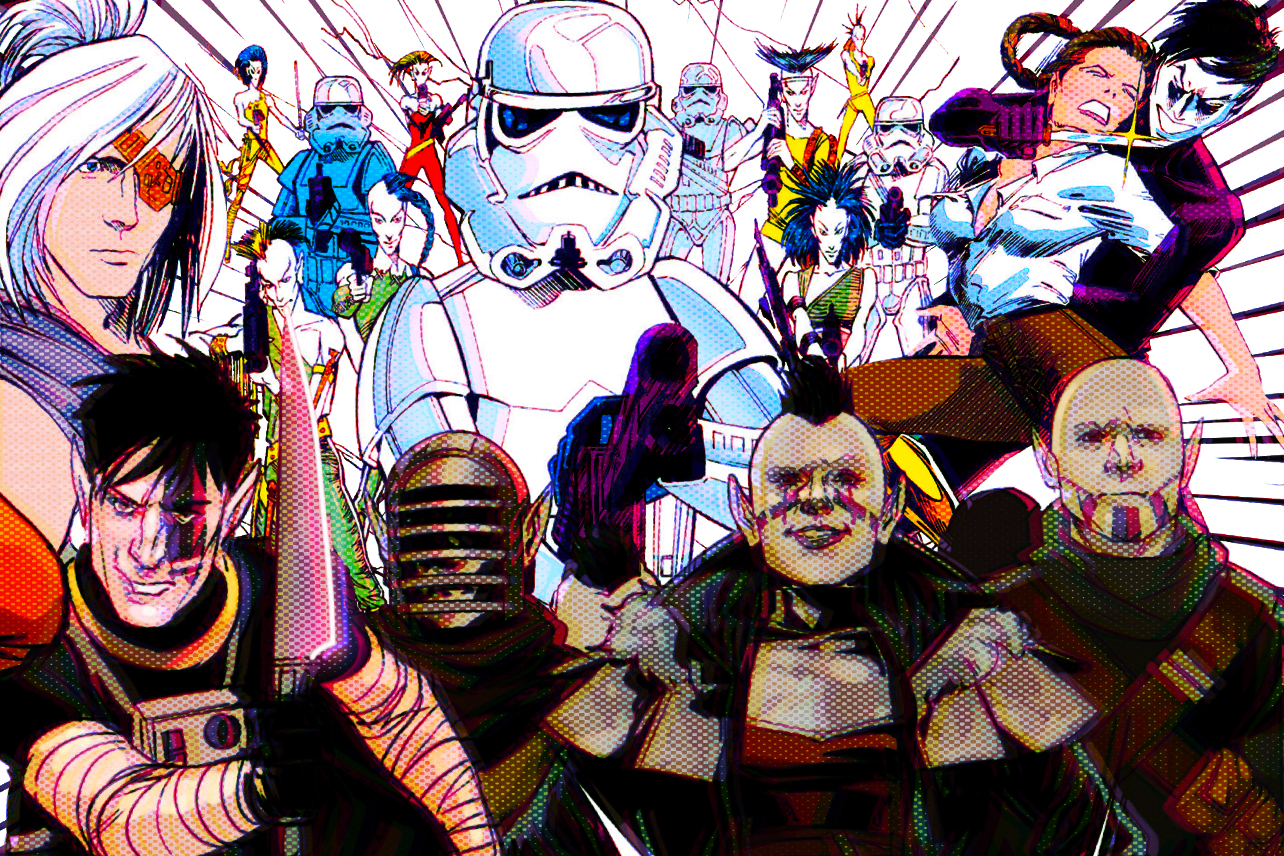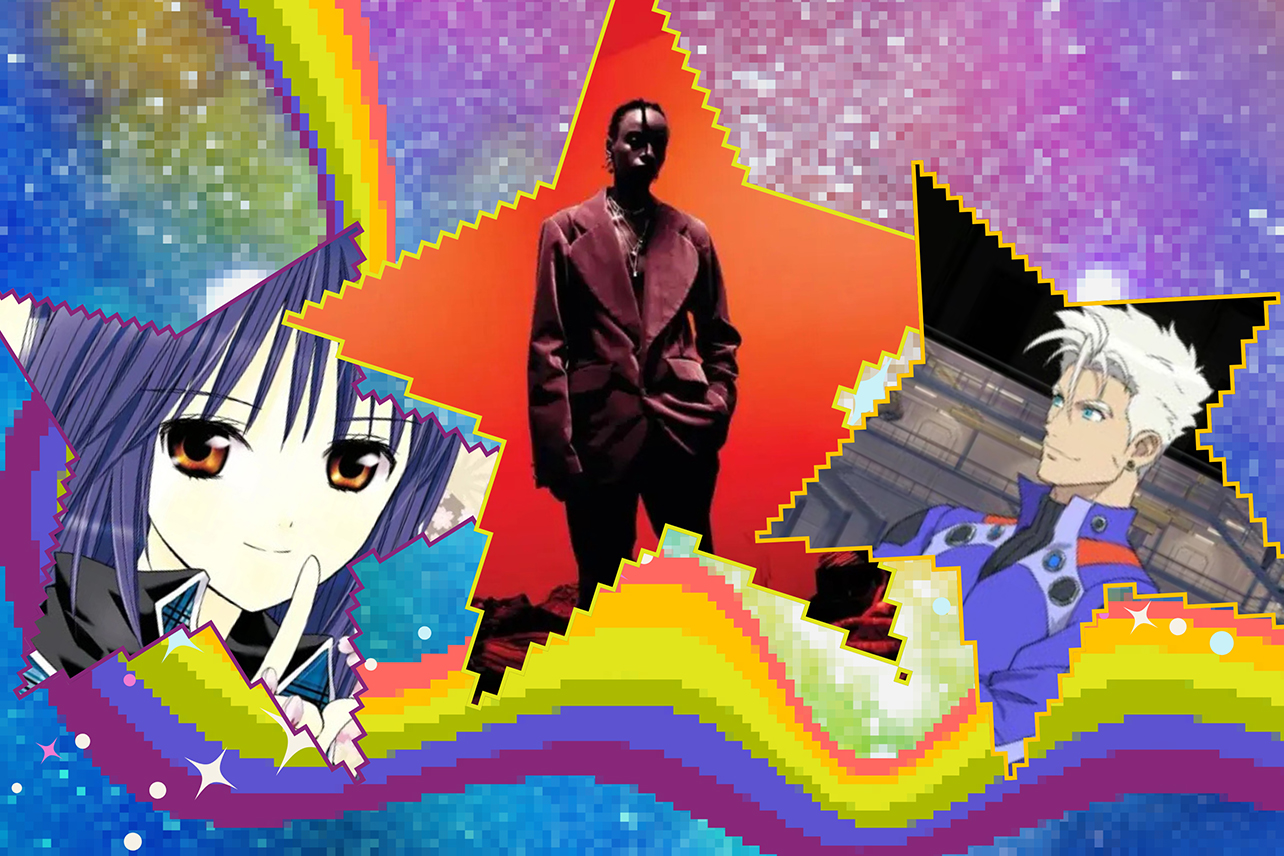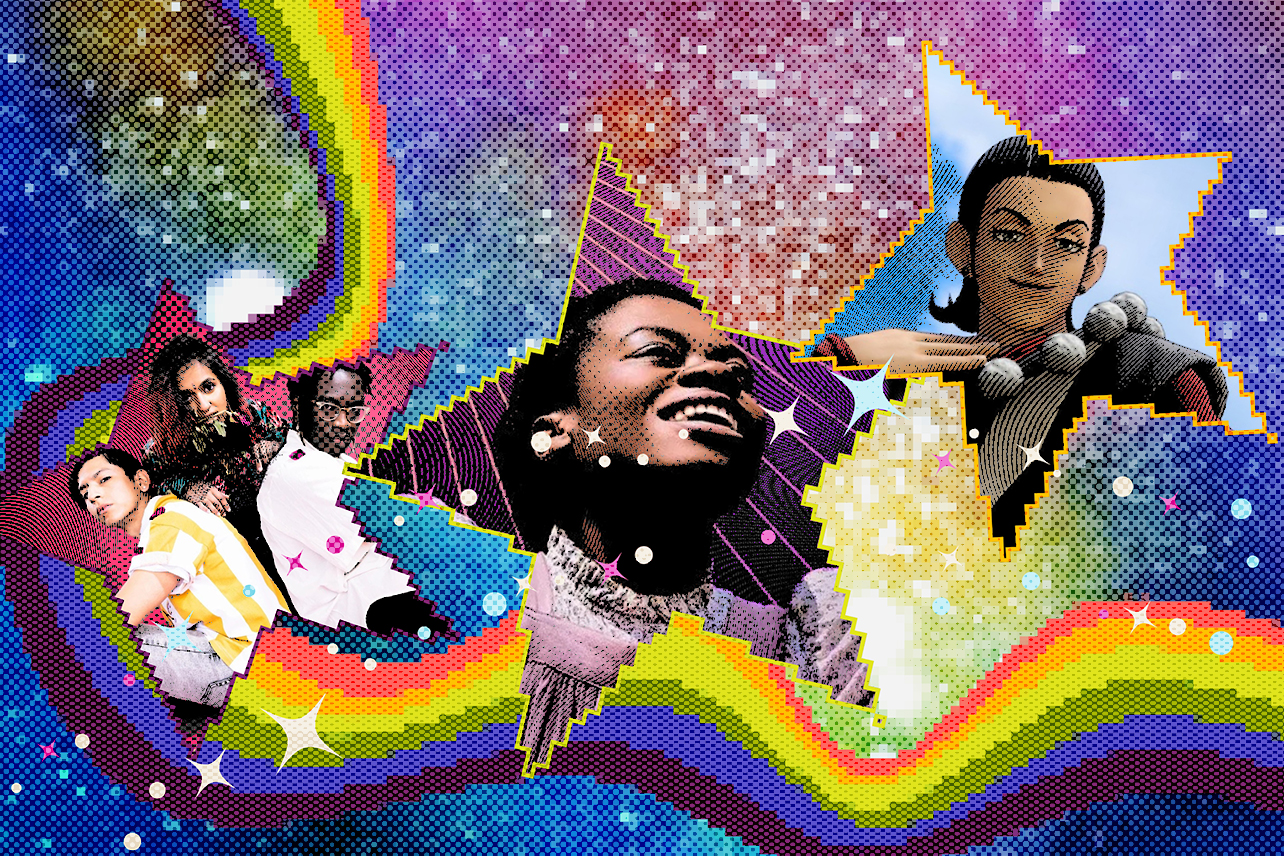A long time ago in a publishing world just outside your window, former Marvel Comics editor-in-chief Roy Thomas convinced his mentor Stan Lee to purchase the rights to make a comic book adaptation of a new science fiction film from the director of American Graffiti called Star Wars. Marvel's adaptation of what would go on to become the highest grossing movie in history for a time — the first issue of which was published over two months before the movie hit theaters — became a smash success in its own right. Marvel's initial Star Wars issues quickly received numerous reprintings and proto-collected editions, leading to a long run of comics chronicling new adventures featuring the "Star Warriors" set after the film, as well as direct adaptations of the rest of the (original) Star Wars trilogy. So successful was the Star Wars license for Marvel that editor-in-chief Jim Shooter credited its acquisition as having saved Marvel, rescuing it from a deep late '70s sales slump.
Over the course of its 107 issue run, Marvel's original Star Wars comic pushed the boundaries of licensed fiction, deploying a variety of top-notch creators on stories that put a Star Wars spin on traditional sci-fi and superhero stories, all while staying within the boundaries set by LucasFilm to prevent the comics from conflicting with the in-development sequels. With each new entry in the Star Wars trilogy, a new batch of characters, vehicles and planets became available to the creators, and the timeline of the comic moved forward to accommodate the events of the latest film. After the release of Return of the Jedi and the victory of the Rebel Alliance over the evil Galactic Empire, writer Jo Duffy, working first with artist Ron Frenz and then newcomer Cynthia Martin, began to craft a sprawling multi-part epic in which the heroes of the Rebellion had to battle the lingering remnants of the Empire while also facing new threats from outside the galaxy: the Tof and the Nagai.
Now, roughly forty years later, Marvel's latest iteration of the Star Wars comic book, under the auspices of writer Alex Segura and artist Phil Noto, is drawing inspiration from the (now non-canonical) stories of Duffy and company in new (canonical) stories. The Nagai have again become part of Star Wars' post-Return of the Jedi timeline, this time in a story featuring political entities from a hidden corner of the galaxy striking alliances with the lingering elements of the defeated Empire.
This makes now a perfect time to revisit those old stories and learn your Knives from your Dens from your Beys, because they just might turn up in a new story at any moment — and also because they're wild and inventive and fun.
The Nagai
Introduced in Star Wars #91 (Jan. 1985), the Nagai are, generally, chalk-white, rail-thin spikey-haired punk rocker aliens from outside the Star Wars galaxy. Artist Cynthia Martin was inspired in their design by anime and manga (still something of a novelty in America in 1985), specifically one involving a tragic vampire. The Nagai are generally presented as sardonic, sinister and sly, proficient in the use of bladed weapons and possessing a sort of wry cruelty. The first one we meet is named Knife (the same name given by Segura to the character who reintroduced the Nagai in the current comics); for a time, the main characters in the book believed the species name of the Nagai to be "Knives."
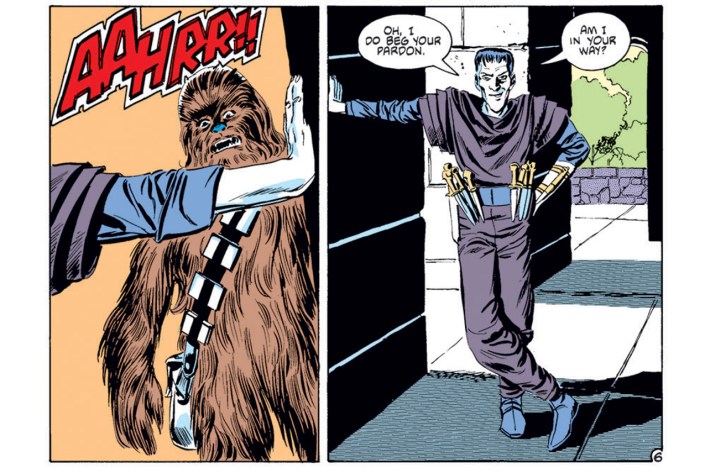
Introduced running a slave ring on Chewbacca's home planet of Kashyyyk, Knife next returns in issue #95 (May 1985) alongside another Nagai, Den, and a mysterious figure: the Dark Lady Lumiya. She is soon revealed to be a Darth Vader-ized version of Shira Brie, a character from earlier in the book who briefly romanced Luke before turning out to be an Imperial spy. (Lumiya is a character with a fascinating publishing history that deserves an article of its own…) She serves as a connection between the Nagai and the post-Return of the Jedi Imperial remnant; the two groups team-up to try to defeat the new Alliance of Free Planets.
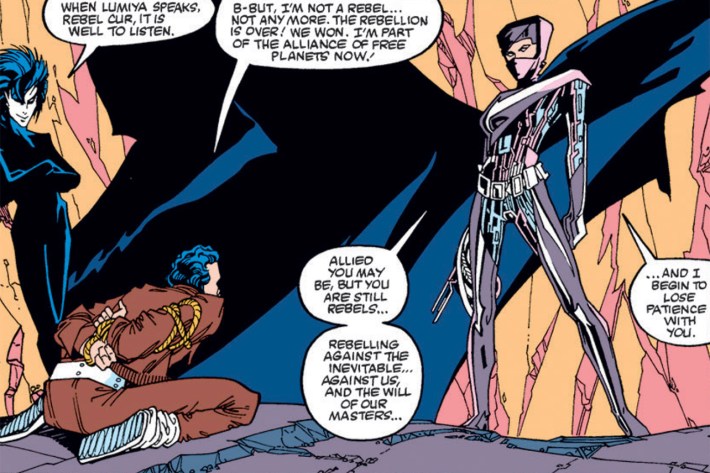
By Star Wars #97 (July 1985) a Nagai fleet has arrived in the known galaxy and the Nagai/Imperial coalition launches a full scale attack against the new government, still operating out of the forest moon of Endor. This culminates in the Second Battle of Endor in issue #100 (Star Wars #98 and #99 are both essentially fill-in stories), which hinges on the actions of another Nagai. Han's childhood friend Bey, an original character of the series, is revealed — in true comic book fashion — to be a secret Nagai and the half-brother of Knife. Confusingly, quirks of scheduling result in the story that introduced Bey being published after his betrayal in Star Wars #100, which is also very comic book-y. While the Alliance survives this attack, they are forced off Endor, and the conflict with the Nagai/Imperial remnant widens, until it runs into a big ol' twist in the form of the Tof.
The Tof
The Tof are introduced in Star Wars #103 (the last issue of the series to be published monthly), though like the Nagai before them, they aren't immediately named. If the Nagai are svelte space elves with David Bowie hair, the Tof are more or less their visual opposite: hirsute, corpulent, brightly colored humanoids doing bad Gilbert and Sullivan cosplay and flying space ships which hilariously/awesomely resemble 18th century man-o'-wars. If the Nagai are seductively sinister in their cruelty, the Tof are meant to be blustery and barbaric in theirs.
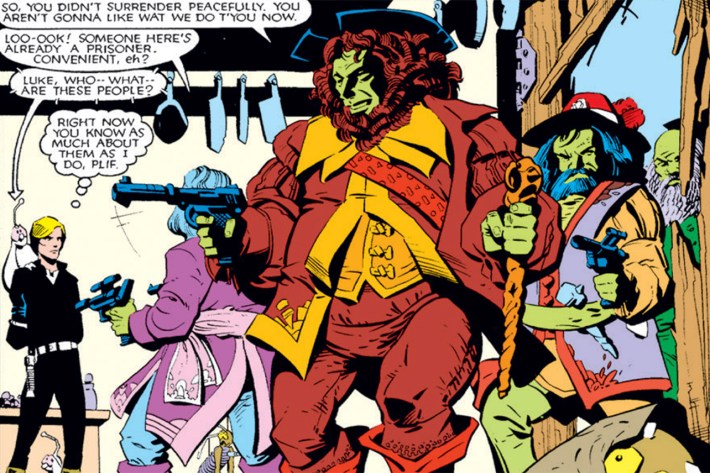
The arrival of the Tof — like the Nagai, they hail from outside the known galaxy — introduces a new angle into the Alliance/Nagai/Empire conflict. It's quickly established that they're the dominant power in the Tof/Nagai corner of the universe, and have come to the Star Wars galaxy in pursuit of their wayward subjects, the Nagai. The Tof are also happy to bring all the new worlds the Nagai have discovered under heel as well.
Making the Nagai refugees fleeing tyranny of their own essentially positions them as the Rebel Alliance to the Tof's Empire, creating a classic "enemy of my enemy is my friend" scenario. By Star Wars #105 (May 1986), the Nagai have been shown to be a more nuanced society than their initial slave-running, knife-wielding, too-cool-for-school actions would have suggested, and a functional alliance comes into existence between the Nagai, the Imperial Remnant, and the Star Warriors to battle the larger menace of the Tof.
Ultimately, the Tof never really develop into much more than broad antagonists, largely because the cancellation of the series came with issue #107. So while the Nagai had a longer runtime to establish themselves via several different characters, each with their own personalities and motivations, the Tof existed only as generalized antagonists, their power and threat level told to readers more than shown. We really only get one notable named Tof — Prince Sereno — and that comes in the final issue of the series.
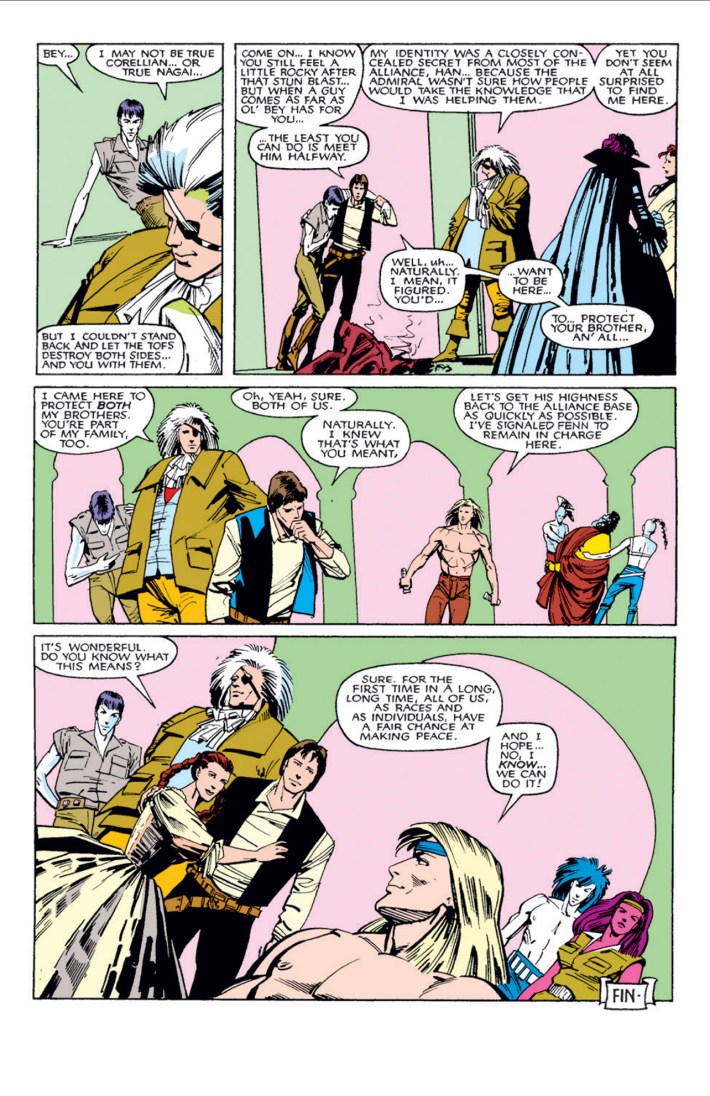
The series' abrupt end forced Duffy and Martin to scramble to wrap up the Tof-Nagai war quickly in all of one issue. Still, Duffy maintains that the comic's cancellation wasn't the result of sales. Rather, she and Martin found themselves increasingly restricted by a LucasFilm that seemed uninterested in keeping a Star Wars comic book series going while putting stricter boundaries on the kind of stories that could be told after Return of the Jedi than at any point before. Amongst the things the comic couldn't do: openly acknowledge the culmination of Han and Leia's relationship as seen in Jedi, refer to Luke and Leia as brother and sister, and depict Luke as a full-fledged Jedi. In light of these restrictions and the clear indications that LucasFilm was focused on things other than the licensed comic book, the series ended.
The Expanded Universe
Roughly half a decade after the Marvel Star Wars comic book series bowed, new stories set after Return of the Jedi started up again, in both comic book form (this time from Dark Horse Comics) via Dark Empire #1 and in novel form, via Timothy Zahn's novel Heir to the Empire (which introduced a certain blue-skinned, red-eyed Imperial Grand Admiral named Thrawn). This kicked off what came to be known as the Star Wars "Expanded Universe," a collection of stories across multiple forms of media and storytelling eras which had a loose relationship with canonicity (basically, anything/everything was canon until it wasn't).
Marvel's original comic book stories were, in this framework, largely considered to have still "counted," with non-fictional accounts of these fictional stories doing their best to work them into the Star Wars uber-narrative. While characters like Knife, Den and Bey didn't return, the Nagai as a species found their way into comics, such as Knights of the Old Republic (set in the distant past) and Star Wars: Legacy (set in the far future, with one of the main villains a Nagai named Darth Nihl). Lumiya did come back to serve as one of the core villains of the "Legacy of the Force" series of novels, helping hasten Han and Leia's son Jacen's fall to the Dark Side.
The broader concept introduced by the Tof-Nagai War, of extra-galactic threats intruding on the known Star Wars galaxy, has been revisited as well. Grand Admiral Thrawn was established as hailing from a species which lives deep in the Unknown Regions, while the galaxy-crossing Yuuzhan Vong attacked the post-Return of the Jedi New Republic in the "New Jedi Order" novel series.
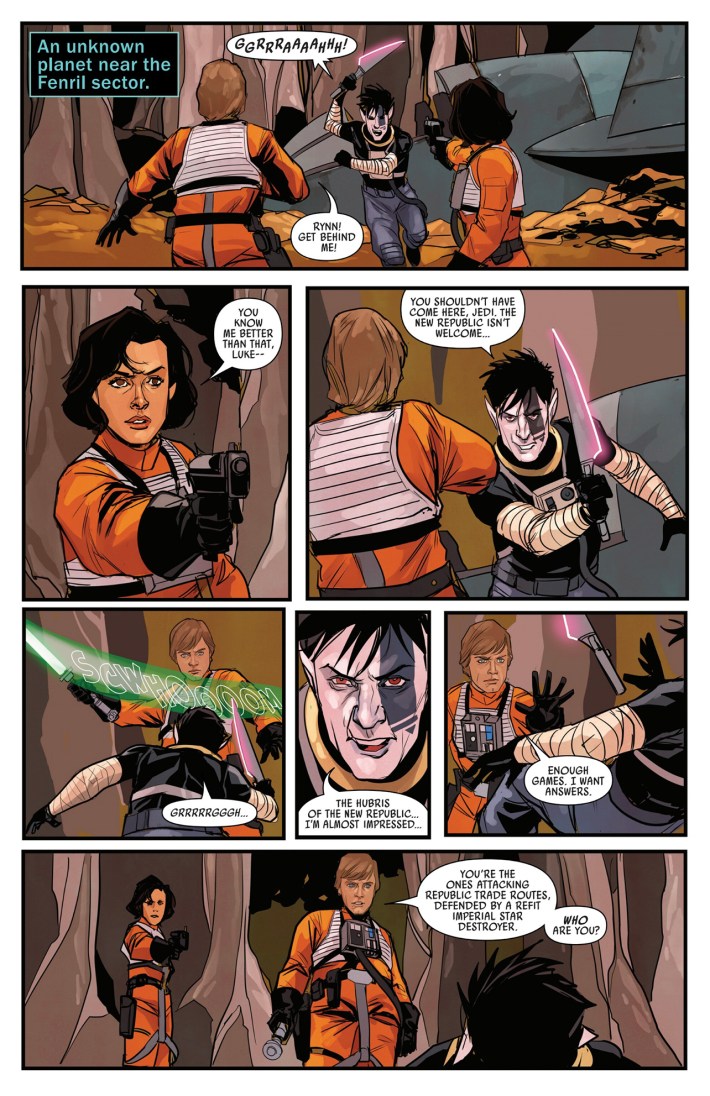
All of those stories — including the original Marvel Comics run — were de-canonized when Disney bought LucasFilm in 2012. But bits and pieces have made their way back into canon in one form or another — including, as of the current Star Wars comic, Knife and the Nagai.
While the Tof haven't (yet) made a similar return, the machinations of the isolationist Fenril Sector, shaping up to be the central antagonists of the young series, have an air of the Tof about them in their interactions with the re-canonized Nagai and the mystery they represent to the fledgling New Republic. In a creative environment with much broader storytelling boundaries than in 1986 and a commercial environment in which LucasFilm and Marvel Comics are corporate siblings rather than licensor/licensee, the sky is the limit as to what happens next.
If you haven't already, consider supporting worker-owned media by subscribing to Pop Heist. We are ad-free and operating outside the algorithm, so all dollars go directly to paying the staff members and writers who make articles like this one possible.
